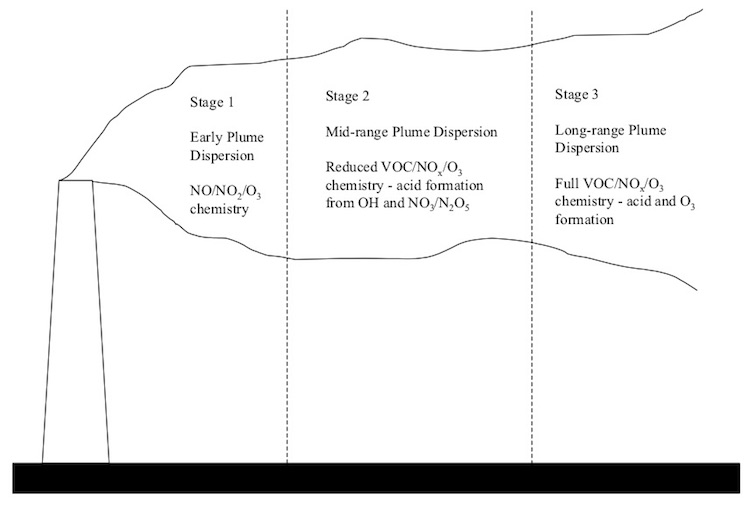Atmospheric Transformations Advanced

Reading Guide
Atmospheric transformations encompass both physical and chemical changes of chemicals in the atmosphere. Modeling atmospheric transformations include gas phase chemical reactions, phase transitions, aqueous phase reactions, and processes involved in the formation of ozone, particulate matter, hazardous air pollutants, and halogen chemistry.
The US EPA has devoted significant efforts to developing photochemical air quality models for the assessment of air pollution issues and evaluation of control strategies. The most common photochemical models are:
- The Community Multiscale Air Quality (CMAQ)
- The Comprehensive Air quality Model with extensions (CAMx)
- The Regional Modeling System for Aerosols and Deposition (REMSAD)
- The Urban Airshed Model Variable Grid (UAM-V®)
A summary chapter (Pun, Seigneur, and Michelsen, 2005) from the book Air Quality Modeling - Theories, Methodologies, Computational Methods, and Available Databases and Software, Vol II (Zannetti, Ed. 2005) is included as pdf file.
Material
Guide prepared by P. Zannetti (9/2020). For corrections or expansions please contact us.